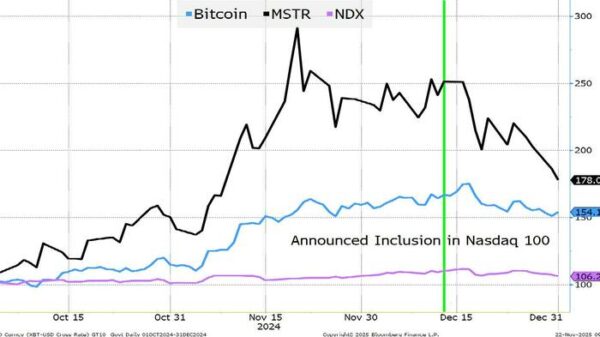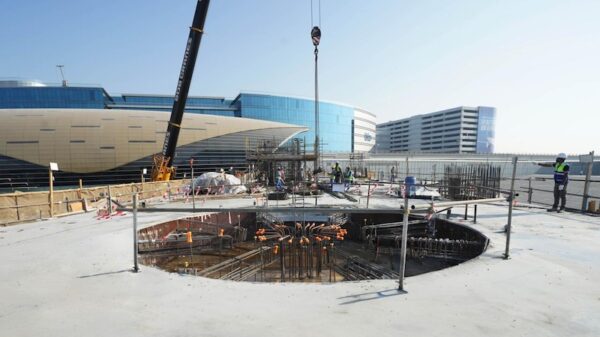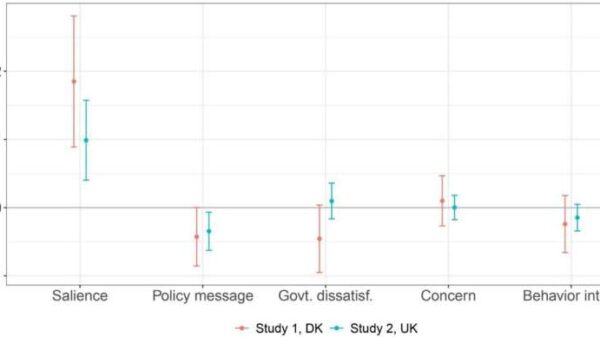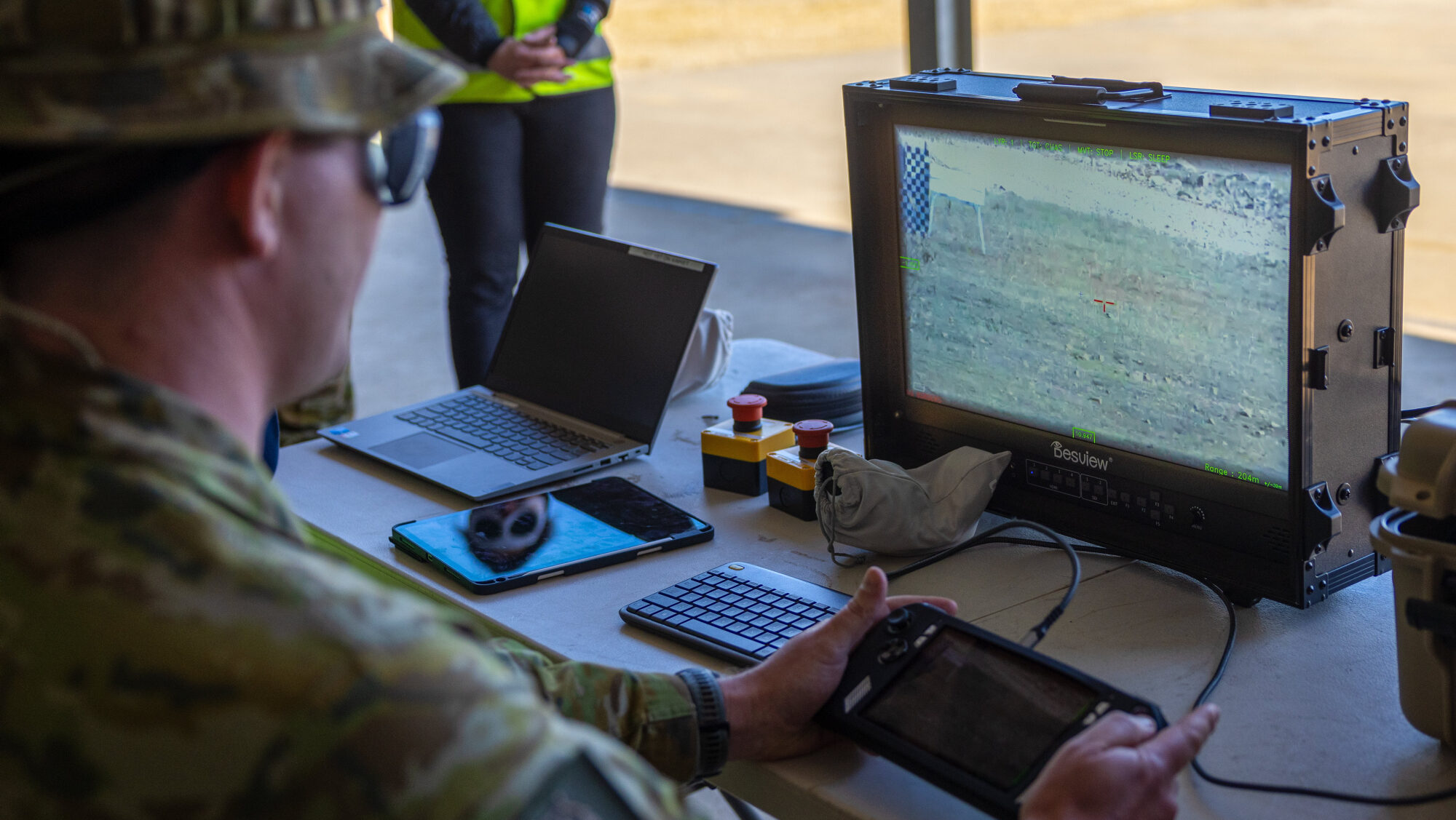In a significant advancement towards enhancing national security, Australia has awarded its first contracts under a new counter-Unmanned Aircraft Systems (c-UAS) initiative. The Australian government committed a total of $16.9 million AUD (approximately $11.2 million USD) to eleven companies as part of its efforts to implement advanced drone detection and defeat technologies.
Pat Conroy, Australia’s Minister for Defence Industry, made the announcement during a drone racing showcase in Canberra. He emphasized that this initiative will expedite the introduction of some of the most capable threat detection systems and drone-defeating platforms into service with the Australian Defence Force (ADF).
The contracts, issued under Project Land 156, aim to integrate a suite of technologies, with plans to deploy “at least 120” distinct capabilities following extensive testing. These systems will utilize high-energy lasers, radio frequency jamming, and conventional ammunition-based methods to neutralize small unmanned aerial systems (UAS).
As drone technology proliferates worldwide, Australia is not alone in boosting its counter-drone capabilities. Recently, the United States Department of Defense announced its intention to arm every army squad with small, one-way attack drones by the end of fiscal 2026. In parallel, the Albanese administration has outlined a commitment to invest approximately $10 billion AUD in drone technology over the next decade, as reported by the Australian Department of Defence.
While the specific names of the eleven companies awarded contracts have not been disclosed, Conroy highlighted that DroneShield, an Australian firm, has provided its Drone Gun Mk 4 and RF Patrol system, which serve as lightweight detection and handheld jammers designed to disrupt drone operations.
The initiative, launched less than a year after inviting tenders, reflects Australia’s proactive approach to enhancing its defense capabilities against evolving aerial threats. The program envisions a comprehensive system that integrates electro-optic, active and passive radars, as well as acoustic and thermal sensors. These components will be linked to a Command and Control (C2) system that coordinates the engagement of threats.
In addition to the immediate acquisition of counter-drone systems, the project seeks to identify a systems integration partner. This partner will manage the c-UAS system’s development, ensuring it can effectively counter NATO Class 1 and 2 standard air vehicles weighing up to 24 kilograms (approximately 53 lbs). The integration strategy includes ongoing market analysis, design, implementation, and capability assurance.
The Department of Defence has indicated that additional counter-drone acquisitions under Land 156 will be announced in the coming months. This includes contracts aimed at developing a command-and-control capability, as well as the procurement of advanced counter-drone sensors and effectors.
Importantly, the initiative is being overseen by the Defence Department’s Electronic Warfare and Intelligence Systems Branch within the Capability Acquisition and Sustainment Group. Furthermore, Australia’s Advanced Strategic Capabilities Accelerator (ASCA) is also advancing capabilities to address medium-sized drones and drone swarms, thereby expanding the options for future operational effectiveness under the Land 156 project.
This concerted effort underscores Australia’s commitment to staying ahead in the rapidly evolving landscape of aerial threats, ensuring that its defense forces are well-equipped to address the challenges posed by unmanned systems. As the program develops, it promises to enhance both national security and technological innovation within the Australian defense sector.




































































